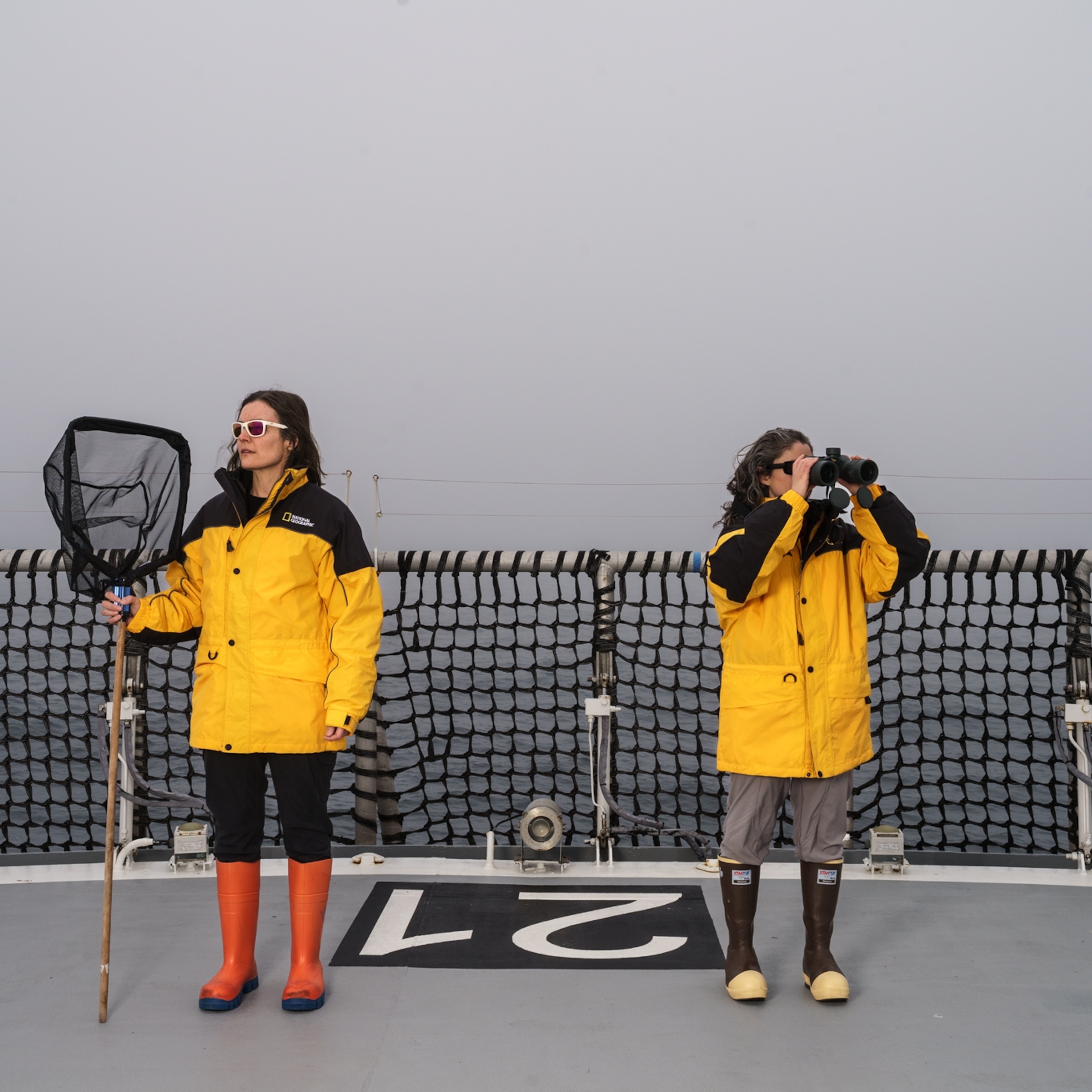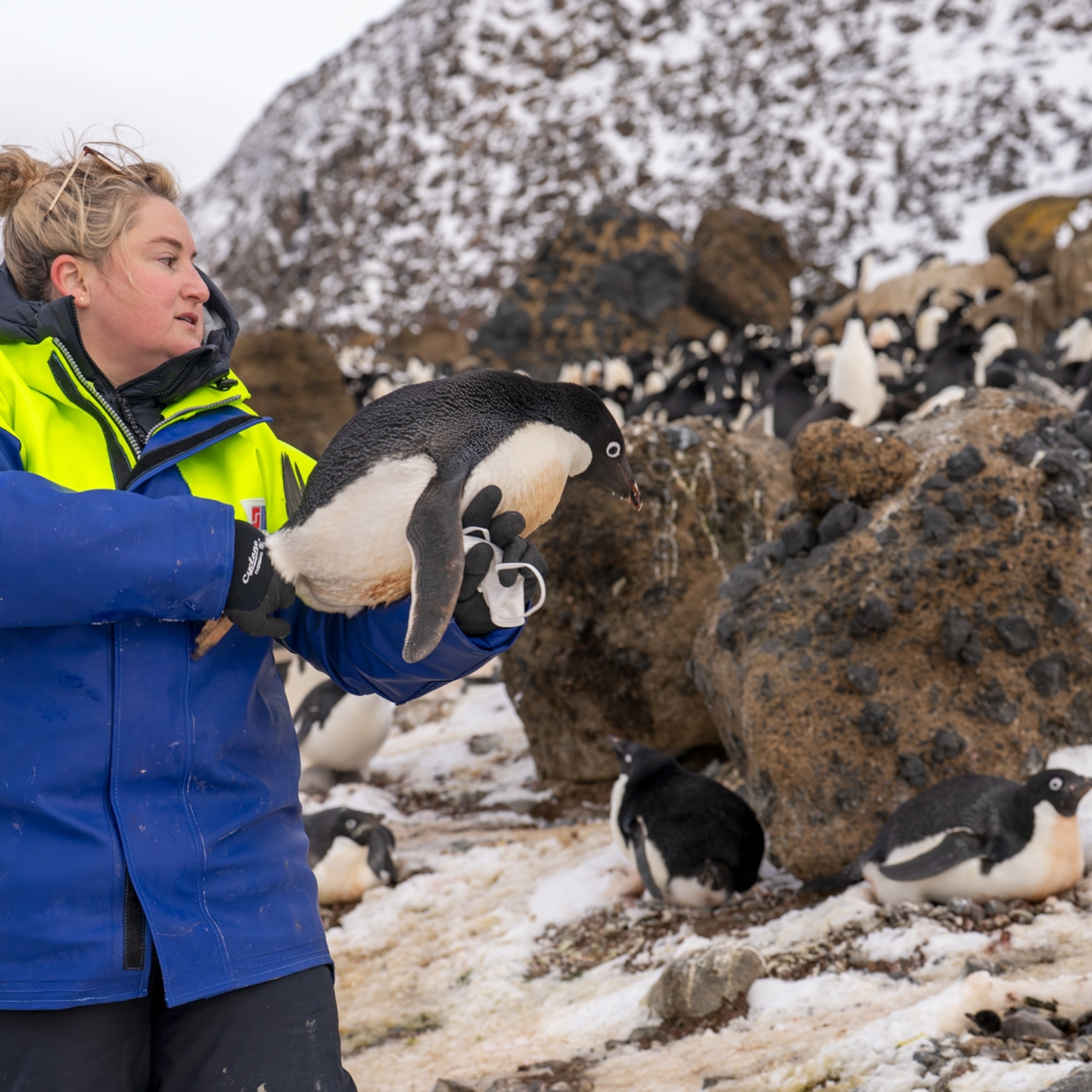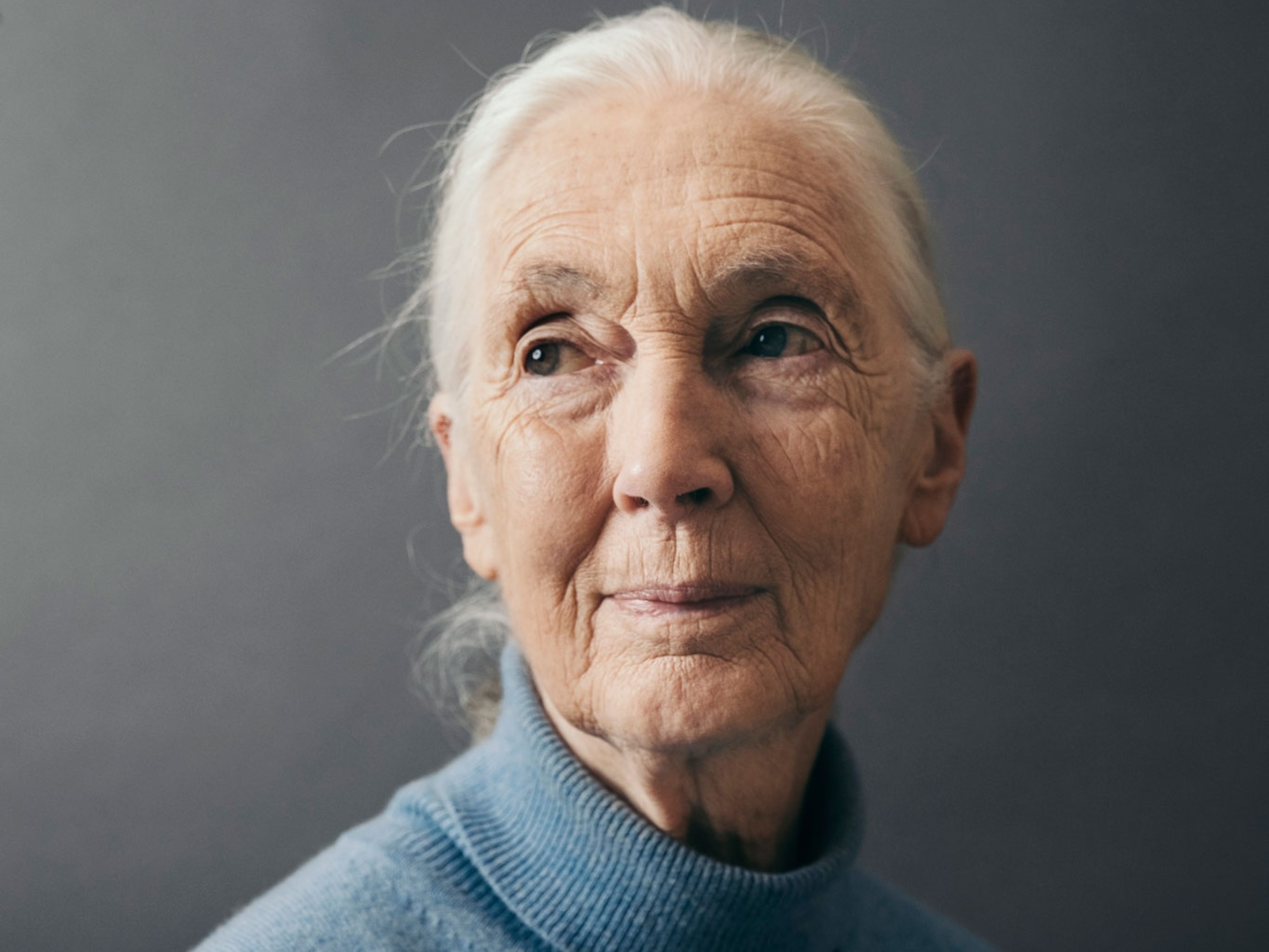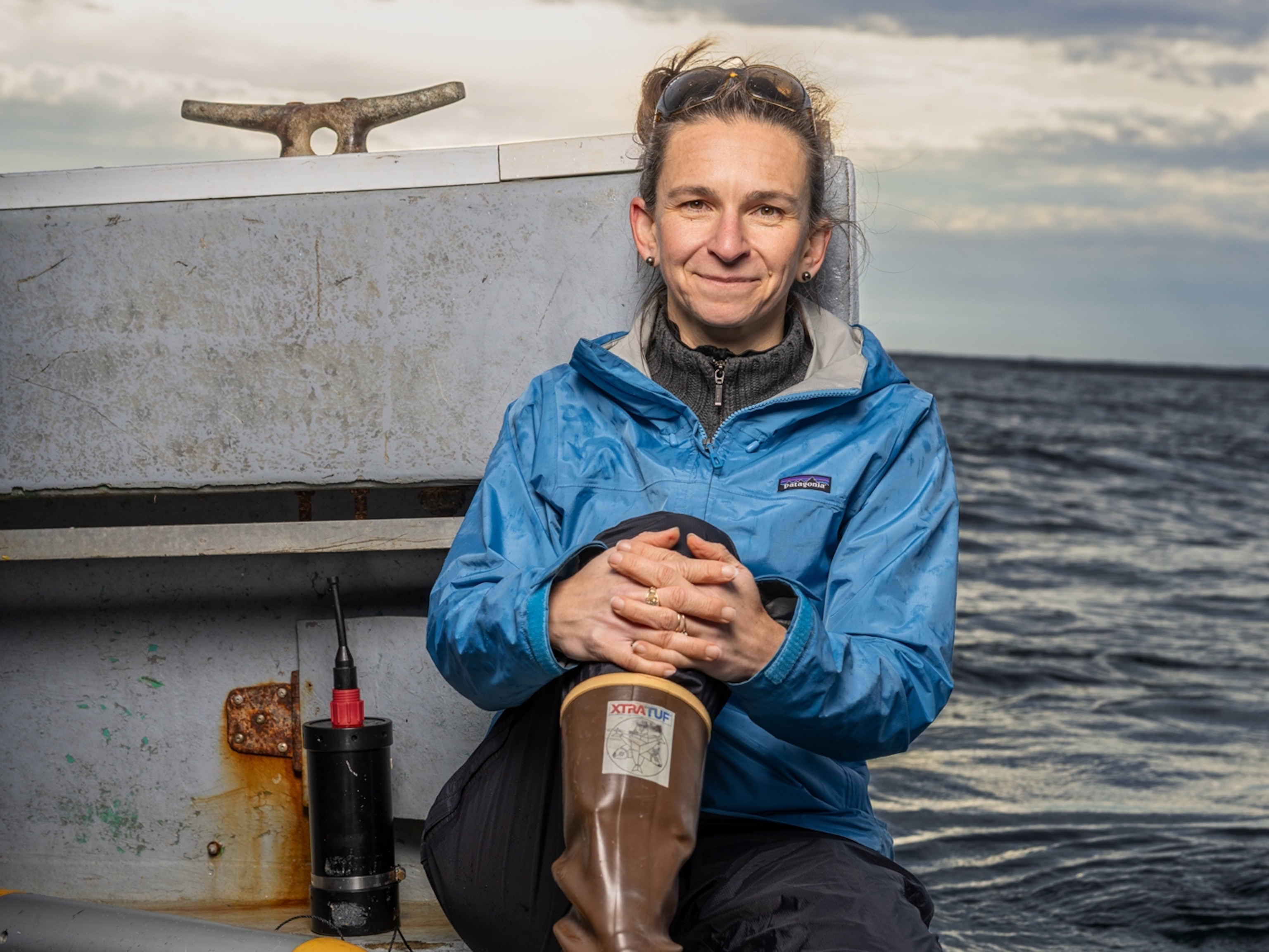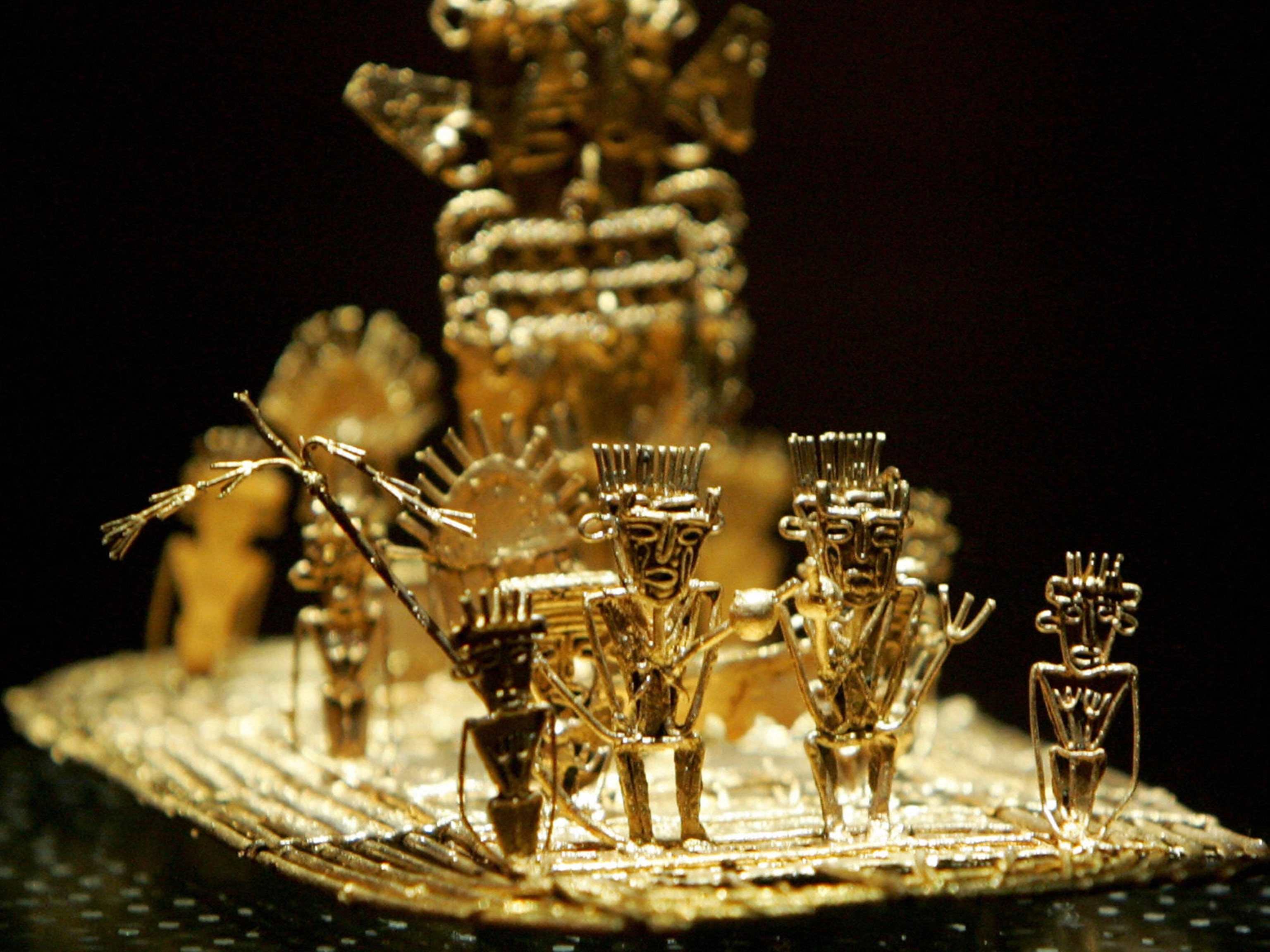Life Is a Chilling Challenge in Subzero Siberia
We caught up with explorer Nick Middleton as he recalls his trip to the coldest permanently inhabited place on Earth.
Going to extremes is a way of life for Nick Middleton. Middleton splits his time between teaching geography at Oxford University and venturing to remote, extreme locations—the hottest, coldest, wettest, and driest places on the planet—to investigate how indigenous people have adapted to harsh environments.
In an interview with the National Geographic Channel, Middleton recalls his trip to Oymyakon, in Siberia, which holds the chilly distinction of being the coldest permanently inhabited place on Earth.
Oymyakon sits just a few hundred miles south of the Arctic circle, about 500 miles (800 kilometers) east of Yakutsk, an industrial center on the banks of the river Lena in northeastern Russia. Temperatures here have plummeted to a record low of -96.16 degrees Fahrenheit (-71.2 degrees Celsius).
Why would people choose to live in such an inhospitable place?
Before the 1920s and 30s, Oymyakon was a seasonal stop for reindeer herders. But the Soviet government, in its efforts to settle nomadic populations—claiming they were difficult to control and technologically and culturally backward—made the site a permanent settlement.
What is there to eat so far north?
All people eat is reindeer and horsemeat. Medics say the reason they don't suffer from malnutrition is that there must be lots of micronutrients in their animals' milk.
There is a short summer season during which people can grow things. But for the most part people don't eat fruit or vegetables.
How do people keep warm?
Fur. Fur is considered a luxury in the West but it is the only thing that keeps you warm. Most of my crew wore synthetic fibers, and they were cold and miserable. My hat was raccoon, my coat was made from the skins of a flock of sheep, and I had knee-high reindeer boots. Reindeer fur is particularly good at keeping you warm, because the shaft of each hair is hollow, and the air [in the shafts] has an insulating effect.
You had a pretty icy introduction to Siberia when you arrived. You became a member of the Walrus Club [a group of people who swim in rivers and lakes in winter, sometimes called polar bear clubs in other parts of the world]. How did it feel to take an ice bath in the frozen river?
It was short and sweet, but my biggest concern was that I would have a heart attack. It isn't so much the water but getting out that is the worst—that brief moment between the water and contacting the air, which is about -22 Fahrenheit (-30 Celsius).
I lost it within minutes of getting out—it was as if I went into a state of shock. I began to lose feeling in my body and, for about 24 hours, walking was tricky and I felt out of it. It was difficult to think and remember, and I felt groggy, as if I had a bad hangover. I have no doubt that if the walrus club had not been there, I would have frozen to death.
People really do believe that there are health benefits to bathing in icy water—they believe it is a way to avoid colds and pneumonia. And it's not restricted to the men; women and children also participate. It's a real community event.
There might be some truth to the stories. After all, the one member of [Robert] Scott's last Antarctic expedition who doused himself in icy water every morning was the only member not to get frostbite.
What are some other consequences of living in such a frigid environment?
Dealing with dead people. In permafrost zones, where the top few feet of ground tends to thaw in the summer and then refreeze, large buried objects tend to rise to the surface. This is particularly bad when buried coffins rise to the surface after several years.
The whole tradition of burial is not a Siberian one—it came from Europeans. Siberians used to perform sky burials where they would wrap the bodies in canvas and hang them from the trees, but the Soviet government probably discouraged this.
Sadly, a little girl died from pneumonia while we were visiting. To dig a grave, the townspeople lit a long bonfire for about an hour, which allowed the ground to thaw a little, then dug a couple of inches and repeated the process for a couple of days before they were able to bury the coffin.
Transportation can't be easy in those temperatures. How do people get around?
Cars and trucks housed in heated garages are fine. But diesel freezes at -58 Fahrenheit [-50 degrees Celsius]. It's a pretty common practice to light a bonfire beneath the fuel tank to keep it from freezing. Axle grease also freezes and is warmed with a blowtorch.
What effects did the cold have on your expedition? Did you run into any problems?
Pen ink freezes. Batteries lose power faster. Metal sticks to skin. The first time I tried to take some stills with my camera the metal stuck to my nose.
We had severe difficulties with filming. The eyepiece froze, and you couldn't see through it. The camera lenses did strange things, because the metal casings and screws holding the lenses in place were made of different metals that contracted at different rates and distorted the images—so really we had absolutely no idea whether we were actually shooting anything.
All the electronics in the video camera froze so film was the only technology that worked. But even the film would get brittle and crack.
What adaptations have the people of Oymyakon had to make to live in this environment?
In the last ten years, post-Soviet Union, people have returned to a more self-sufficient lifestyle. Everyone owns some livestock, and they rely on this livestock for food and for barter.
There are times when coal deliveries are irregular and the local power station—which makes indoor life bearable—must burn wood to keep hot water flowing to the homes. If the power ceases, the town shuts down in about five hours, and the pipes freeze and crack.
One of the guys who runs the power station hasn't been paid in nine months, but he keeps doing his job. There is a great sense of community. People do what they need to do to survive. For them, extreme [subzero] temperatures are normal.
